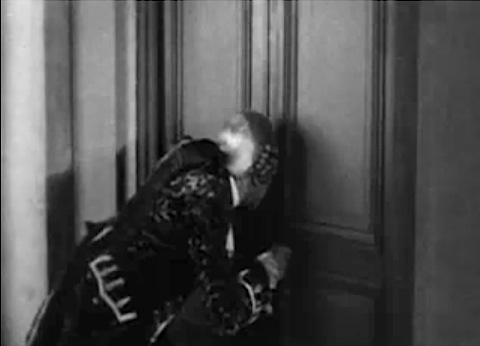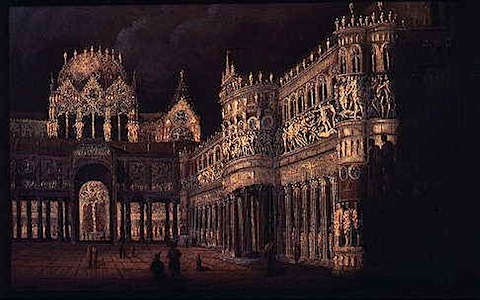
Days / Faire un truc par jour
–
Faire un truc par jour
« C’est comme si je me sentais plus léger en notant tout sincèrement » – S Maraï
Jour : 30 mai 2010
Notes à défaut d’autre(s) chose(s)
François de Nomé + Didier Barra= Monsu Desiserio?
A name under which two obscure French painters working in Naples in the early 17th century were for many years conflated. The two painters, who probably sometimes collaborated, are Didier Barra (c.1590–after 1647) and François de Nomé (c.1593–after 1644), both of whom came from Metz, and the name ‘Monsù Desiderio’ is a corruption of ‘Monsieur Didier’. The main—but often unreliable—source of information on Neapolitan art of this period, Vite de’ pittori, scultori ed architetti napoletani (1742–5) by the local painter and writer Bernardo de Dominici (1683–1759), describes Monsù Desiderio as a ‘highly praised painter of perspectives and city scenes’, and it was not until the 1950s that the separate identities of Barra and de Nomé were clearly established. De Nomé is now regarded as the artist principally responsible for producing the pictures previously given to ‘Monsù Desiderio’—strange architectural fantasies, with crumbling cities under stormy skies, sometimes with a religious scene played out by tiny figures in the foreground (Fantastic Ruins with St Augustine and the Child, 1623, NG, London). One of the few works reliably associated with Barra is the signed and datedPanoramic View of Naples (1647, Mus. di S. Martino, Naples).
“Cornucopia”
Hirst raconte encore que c’est son manager, Frank Dunphy, un ancien du show biz qui l’a fait déculpabiliser à propos de l’argent. « Je respecte l’argent ». Il dit aussi qu’il ne croit pas aux concepts qu’on met à toutes les sauces dans l’art contemporain.
« Formidablement contemporain »
Je dirais:
Hourra Cornes aux cul vive le père Ubu
MÈRE UBU
À ta place, ce cul, je voudrais l’installer sur un trône. Tu pourrais augmenter
indéfiniment tes richesses, manger fort souvent de l’andouille et rouler carrosse par les
rues.
